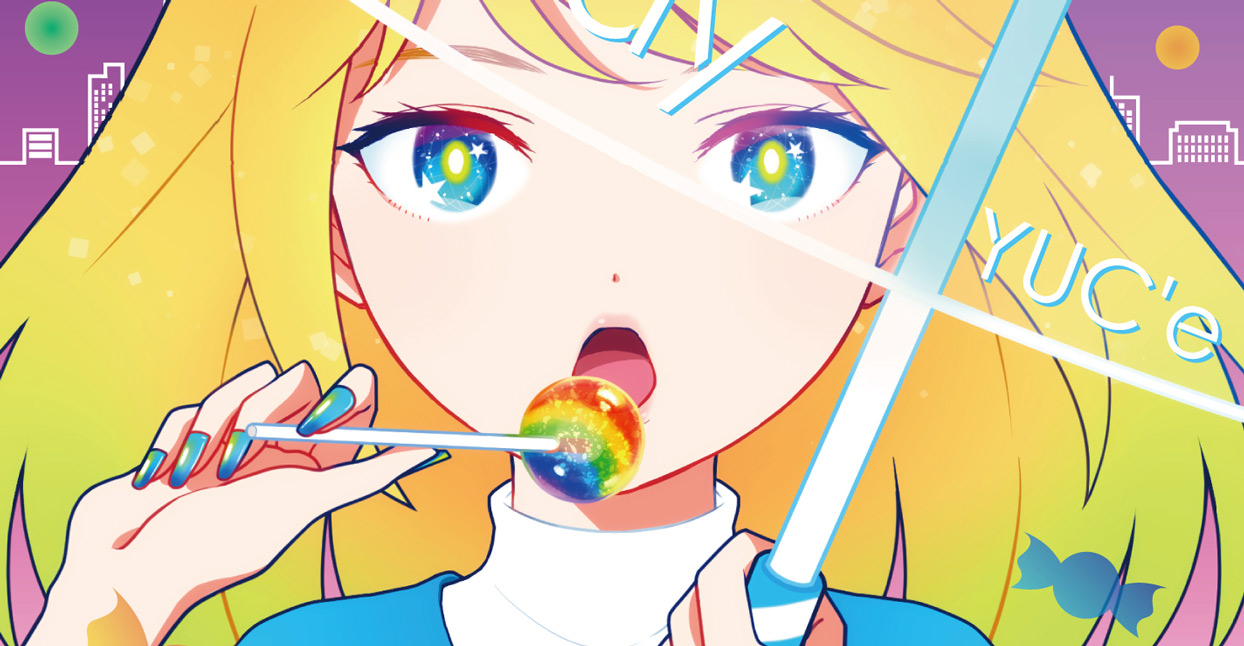 YUC'e
YUC'e
Few Japanese concepts have spread as far globally as “kawaii.” The word—roughly translated to mean “cute,” but technically referring to a child-like, downright pitiable type of adorableness—often hovers around Japanese cultural exports, from cartoons to clothes. Just look at the recent unveiling of the 2020 Tokyo Olympics mascots—much of the discussion centered around the nation’s knack for generating cuddly creatures. The adjective—pronounced “ka-why-ee”—has been slapped onto everything from Japanese fashion to themed cafes, and is a lifestyle directive for many. Think of it as “punk” for the plush toy set.
Naturally, kawaii extends to music, too. Japanese artists who make inroads into the West often get labeled with the word, from the Harajuku-born blast of Kyary Pamyu Pamyu to the cute-meets-heavy metal sounds of Babymetal. Smaller scale artists are earning that tag too, thanks to a sound that usually merges busy future bass sounds with bells, xylophones, and other twinkles. A few corners of the internet have gone as far as to classify this new strain of pop as “kawaii bass.”
“I have my own universe now. People will draw pictures of my character and send it to me,” Keitaro Ujiie (aka Ujico) says, from a cafe in Shinjuku. He’s referring to the snail-like character featured on the artwork and videos of his project Snail’s House. He’s found himself at the forefront of this style, with every new album and EP he uploads to the internet selling fast and attracting thousands of fans. Alongside artists such as Yunomi and YUC’e, Snail’s House has become shorthand for “kawaii music.”
Yet this burgeoning community of Japan-based artists making “cute” music isn’t that easy to peg down. While cuddlier sounds appear, they are often joined by heavier noises, like EDM-inspired bass drops, piercing synths, and fast beats. Most of these creations are aggressive. Ujiie has spent significant time staring at kawaii images on his Tumblr feed, but he’s just as interested in breakcore, fusion, and drum & bass.
“Snail’s House is where I make all my cute music, but for everything else I record as Ujico,” he says, explaining how he keeps himself from feeling creatively boxed in. He enjoys his more playroom-adjacent sounds, but turns out to be a musical omnivore. At one point, he plays me a recent fave saved on his smartphone, a distorted and busy EDM track miles away from Snail’s House cozy style. He says he has all sorts of other aliases for his harder projects.
Kawaii is an idea often misunderstood by those outside the country. While many simply equate it with Sanrio and Fruits magazine, it has a much more complicated history. It emerged in the 1970s, pushed forward by what Sharon Kinsella describes in her essay “Cuties In Japan” as a “cute handwriting craze” among teenagers, which was actually a semi-rebellion against strict writing rules. While kawaii would become more stereotypically cute in Japan, most of the exports to the rest of the world earning that tag—especially the musical ones—conceal twists. Kyary Pamyu Pamyu’s music and videos imagine a grotesque take on kawaii, while Babymetal’s name speaks for itself. Even Japanese predecessors that Ujiie points out, such as Tomggg or Avec Avec, snuck all sorts of wonky stuff inside their cotton-candy-colored parts.
“When I’m listening to songs frequently dubbed ‘kawaii’ abroad, there was a feeling that it was painful to listen, because it is too conscious of being ‘kawaii,” says the musician who records as Aiobahn. He splits time between his hometown of Seoul and Tokyo, but focuses more on the Japanese community than the one in his native country. His music has also been called kawaii, which he disagrees with. He thinks the name is lazily applied because of his choice to use Japanese vocals and anime-style artwork.
“One of the reasons could be anime culture,” the producer Yunomi says, about the recent interest in this music. The number of people around the world now repping their love of Japanese animation has grown significantly in recent years. Japanese animated imagery has become an easy visual stamp for musicians, and there’s no shortage of artists across genres who draw inspiration from the country. I talked to one artist dabbling in “kawaii sounds” named Cute Girls Doing Cute Things who claimed to be based in Tokyo “just for aesthetic purposes.” They actually hail from Europe. I doubt they are the only one perpetuating this kind of ruse. “They like music that they can feel fantasy with,” Yunomi says.
It’s better to look at this generation of Japanese kawaii producers as artists who are adding new sounds—often hard-edged ones—to a style that’s often seen as being soft. Here are some of the artists giving new meaning to “cute” music in Japan.
Snail’s House


Ujiie says he grew up in a musical household, where Chopin and Sly And The Family Stone were played in equal measure, and various instruments owned by his father dotted the house. “I didn’t play with them,” he says. “It wasn’t until 2011, after I listened to [Japanese jazz artist] Hiromi Uehara that I started trying to make my own music.” He adopted a trial-and-error approach to music, aided by a high school teacher who let him use the music room during free time, as well as a music-making cartridge for the Nintendo DS. He started creating songs using a laptop his father sent him while he was studying in New Zealand. “That PC broke, so he had to send me a six-year-old one after that.”
That outdated technology taught Ujiie to work fast; his computer would overheat after about two hours. “I can output what is in my mind so fast. When I’m musically thinking, it’s just like…let’s make this melody, OK.” With the latest Snail’s House release, Ordinary Songs 4, he spent a little longer getting specific elements—such as distorted drums—just right. “‘My Holiday’ took the longest. One sound, the kick, was actually a bass. I compressed the fuck out of it. It was so hard to mix.”
“Ordinary Songs 4, I wanted to figure out how to make cute songs out of not-very-cute sounds,” he says. Hearing him talk about distorted drums, or how he played around with the “amen” break, that reveals how much of his seemingly “kawaii” music has a more unnerving side. “I started making distorted sounds, things that normal people would be freaked out by. I took sounds that would hurt your ears on their own, or wouldn’t be seen as cute on their own—like jungle rhythm—to make something cute.”
Yunomi


J-pop played a major role in shaping the maximalist sound of Yunomi. “I was inspired by Yasutaka Nakata—[the producer of] Perfume, [member of] Capsule—along with all the artists from the EDM boom, such as Skrillex,” he says. Around the same time that he was discovering these artists, he met Nicamoq, another aspiring performer who added chirpy singing to some of Yunomi’s earliest creations. He returned the favor by shaping the sound of her idol project BPM15Q, featuring his mix of future bass and traditional Japanese instruments.
“Simply put, I like the way they sound,” he says of Japanese traditional sounds. “I do want to value Japanese traditions, though. If you think about ‘kawaii,’ you start thinking, ‘What’s Japanese?’ So I add some Japanese elements to it.” It adds character to hard-hitting numbers such as “Oedo Controller,” which leaps from shamisen passages to fist-pumping stretches.
Yunomi’s become a more in-demand name in the last year, playing energetic sets across the country and finding more work in the J-pop industry, including as main producer for idol group CY8ER, which emerged from the ashes of BPM15Q. He even co-created a new label, Miraicha Records (literally, “future tea” records) to highlight this dance-leaning sound with cuter elements. Critically, though, Yunomi likes a little roughness to his sound. “Because we can make perfect instrumental tracks by computer, I’m attracted to the opposite ideas, and I try to make that. This is my life work.”
YUC’e

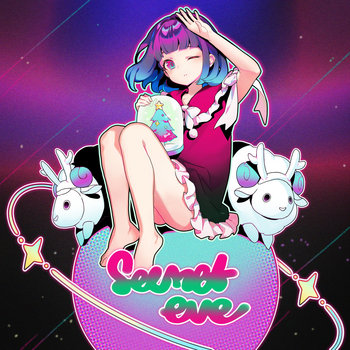

YUC’e co-founded Miraicha Records with Yunomi, and brings a more unpredictable style to the fledgling label focused on future bass sounds. Based in Tokyo, she gained attention both domestically and internationally for her 2016 number “Future Candy.” That song might be the definitive example of the kawaii sound to date—its artwork and lyrics celebrate sugary goods, and the song opens with a rush of fluttery synths and YUC’e’s own high-pitched singing. Seconds later, everything is ripped apart by pitched-up vocal samples and rave-ready bass. It only grows more intense when YUC’e indulges in frantic vocal release late in the song.
This breakneck-approach informs many of the tracks on her debut full-length, Future Cake. Yet YUC’e also explores more unexpected corners, from digital-age swing on “Night Club Junkie” to shimmering dance-pop on “Tick Tock.” Listen long enough, and Future Cake starts sounding like an internet-born update on Japan’s Shibuya-kei era. But no matter which direction she chooses, YUC’e shreds conventional ideas of what “cute” sounds like and rearranges them into something harder-edged and constantly changing.
Antenna Girl

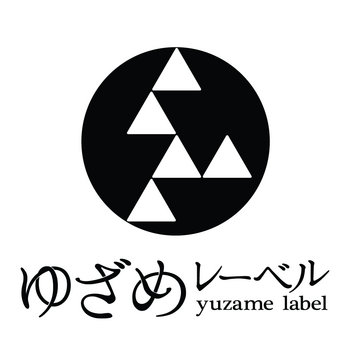

Of all the artists here, Antenna Girl skews closest to traditional J-pop. She performs dance numbers not far removed from the playroom-pop of Kyary Pamyu Pamyu or electro-leaning stylings of Yun*chi. Yet she’s keenly curated sounds from this burgeoning kawaii scene for her compositions. Her 2017 debut full-length finds her working with pioneer Tomggg, along with the aforementioned Yunomi, the glitchier Rekanan, and the hookier Brinq. And she’s collaborated with Aiobahn in the past, too. Yet even on her own, Antenna Girl leans into the high-energy side of kawaii music.
Nyankobrq
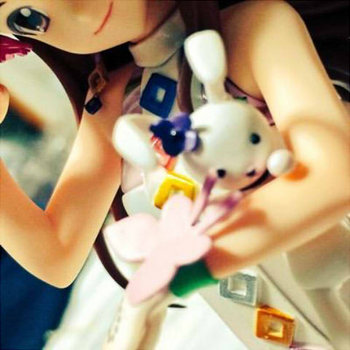

Producer Nyankobrq’s gateway into creating their own music was a “bullet hell” shooter game. “The reason why I started to make music was Touhou Arrange,” the Tottori-based producer says. They are referring to a music community focused on reworking the music from the video game Touhou Project. Before that, Nyankobrq says they listened primarily to big-name EDM acts such as Zedd and Skrillex, with a dollop of J-pop and anime music mixed in. But it was the vibrant scene built around tunes from a game starring magical girls shooting brightly colored projectiles that coaxed them to pick up a copy of FL Studio. “I have no instruments, and even if I did, I have no skill playing them. So I’m doing everything by software. I shut myself up in my home to make music. I can be relaxed there the most.”
As Nyankobrq, they’ve moved beyond game reworks in favor of rumbling originals featuring chirpy electronics and chopped-up vocal samples inspired by fellow Japanese artists In The Blue Shirt and tofubeats. Last year’s Black Cat captures Nyankobrq’s swift sound well, featuring songs cushioned by softer sounds and Nyankobrq’s own sing-rap. “I’m really happy when people say the voice is cute!”
Colate


Tokyo’s Colate serves up songs that clearly illustrate the tension at the heart of this new generation of kawaii creators. Last summer’s Kiss The Comet EP features tracks sporting titles like “Good Night” and “Melancholy Latte,” which spring to life on twinkling keyboard notes and are often supported by female vocalists such as Nanahira. Yet as sugary as they can get, Colate’s creations always swerve into crunchier territory. Sometimes, they transform into start-stop electro-pop; at their most extreme they become submerged in bass gurgles (see “EDM Sex Machine”). They might sound Sanrio-approved at first, but Colate has a gritty side.
Aiobahn

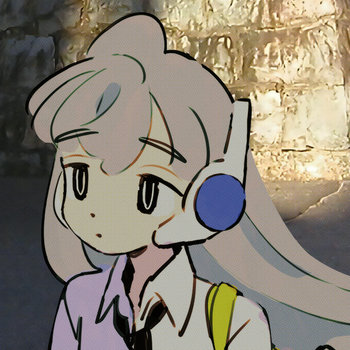

Min-Hyuk Kim started the Aiobahn project in 2015, drawing from an eclectic mix of influences. “Since I was into Swedish House Mafia, I got a lot of influence from neighboring artists. Recently, I’ve been influenced a lot by J-pop of the 1990s and Future House.” His music, fittingly, glides from heavier dance tracks accented by vocal samples to something like the recent single “Islands,” an elastic, disco-leaning dance track. Although many of his songs touch on the style (and his choice in imagery makes it a natural adjective), Kim’s interest in exploring different sounds often makes the “kawaii” tag feel suffocating.
“Sometimes when I look at overseas media, things are treated as kawaii just because they have Japanese lyrics,” he says, acknowledging that his use of the language and anime-style art often lands him in this territory. He remains committed to exploring different spaces moving forward. “I don’t really know what will happen in the future, but recently I have focused on making future house.”
Hercelot


Compared to the other creators on this list, this Tokyo-based producer is a veteran. They’ve released music via Japanese netlabels for years now, highlighted by 2013’s Wakeup Fakepop, a cartoon dust devil of an album loaded up with samples and breakbeats. That set’s colorful cover art and Technicolor whirlwind sounds like a clear predecessor to the new crop of performers pushing into even more maximalist territory. Yet Hercelot remains restless. Last year’s slowalk finds them shifting into more reflective territory, combining Books-style sampling with an assortment of bells, 8-bit blurps, and more sounds straight from the playroom. But rather than create something hyperactive, Hercelot crafts an album of thoughtful numbers that act as soundtracks to everyday. It shows that kawaii sounds can mature, too.







